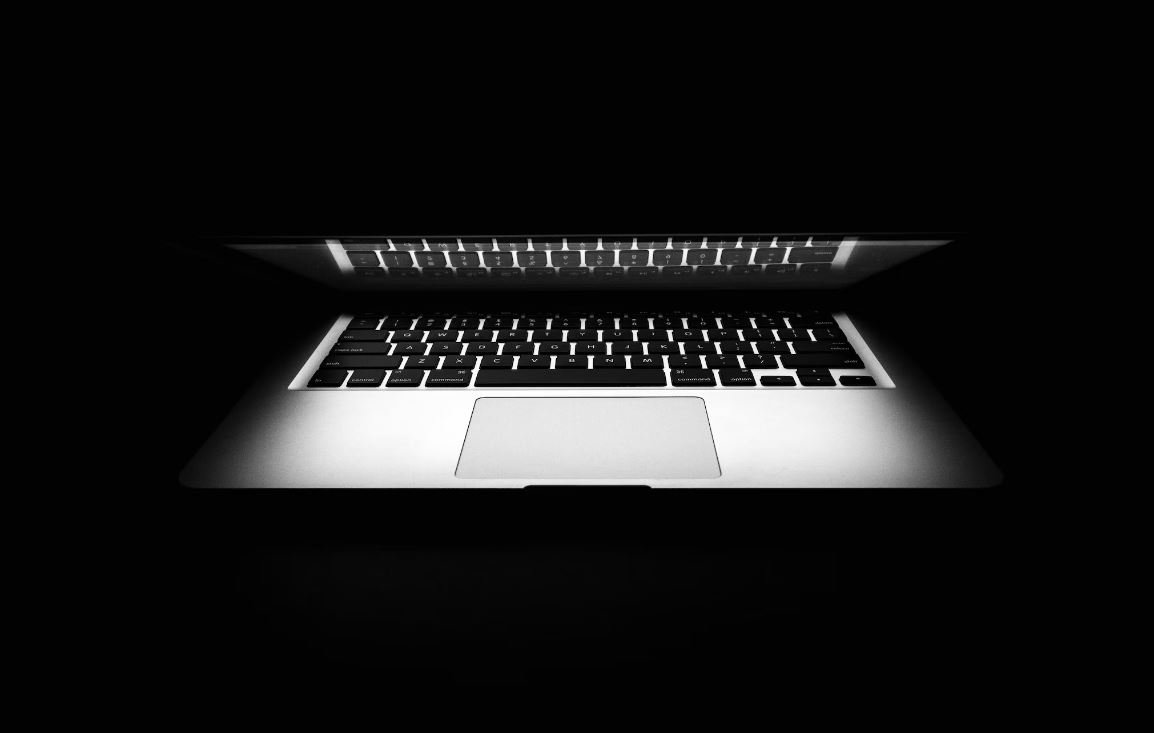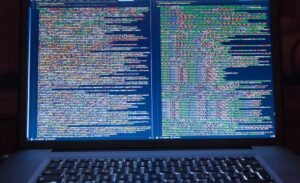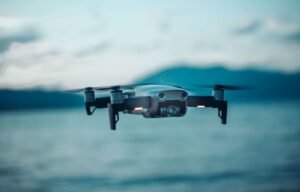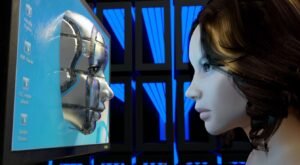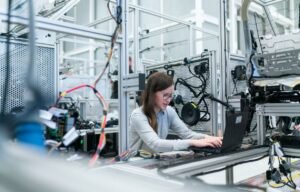AI Apps for Art
With the advancements in artificial intelligence (AI), technology has now made its way into the world of art. AI applications are transforming the way artists create, inspire creativity, and enhance artistic endeavors. In this article, we will explore some of the best AI apps for art that are revolutionizing the art industry.
Key Takeaways
- AI apps are transforming the art industry.
- Artists can enhance their creativity with AI-powered tools.
- AI apps offer various features like style transfer and image generation.
- These apps have potential applications in other fields as well.
AI Apps Revolutionizing Art
AI apps for art have opened up new possibilities for artists and art enthusiasts. They allow artists to push the boundaries of their creativity and explore different artistic styles with the help of artificial intelligence.
One interesting application of AI in art is style transfer, where an artist can apply the style of a famous artist to their own artwork.
- Prisma: Prisma is a popular AI app that utilizes neural networks to transform photos into stunning artworks, mimicking the styles of famous artists like Picasso and Van Gogh.
- DeepArt: DeepArt uses deep learning algorithms to generate intricate digital paintings from user-uploaded photos, offering various artistic filters and styles.
- Artisto: Artisto focuses on transforming videos into animated artworks using AI-based filters, allowing users to create visually captivating videos.
| AI App | Main Feature | Supported Platforms |
|---|---|---|
| Prisma | Style transfer for photos | iOS, Android |
| DeepArt | Deep learning digital paintings | Web-based |
| Artisto | Video transformations into animated artworks | iOS, Android |
AI in Inspiring Creativity
AI-powered tools have the potential to inspire creativity in artists by providing new perspectives and possibilities.
- AI-generated art can serve as a starting point or inspiration for artists, presenting new ideas and styles.
- AI apps can analyze an artist’s existing works and generate suggestions for further artistic exploration and development.
- By automating repetitive tasks, AI apps free up artists’ time, allowing them to focus on more creative aspects of their work.
AI for Image Generation
AI apps can generate realistic images by analyzing large datasets and leveraging deep learning techniques. This has vast implications for the art world and beyond.
One interesting application is the use of AI-generated images in virtual reality (VR) and augmented reality (AR) experiences.
- AI-generated images can be used to create immersive VR and AR environments, enhancing user experiences and storytelling.
- AI artworks can be used in visual effects and video game development, saving time and effort in the creation of realistic visuals.
- AI-generated images can be used in advertising and marketing campaigns to create visually striking content.
| AI Application | Field |
|---|---|
| AI-generated images | Virtual reality and augmented reality |
| AI artworks | Visual effects and video game development |
| AI-generated images | Advertising and marketing campaigns |
The Future of AI in Art
As AI continues to evolve, the possibilities for its applications in the art industry are expanding. AI has the potential to revolutionize not only the creation of art but also its distribution, curation, and preservation.
AI-powered art systems are becoming increasingly sophisticated, enabling artists to explore new artistic territories.
- AI can assist in the preservation and restoration of artworks, analyzing and recreating missing or damaged parts.
- AI can automate the process of curating art exhibitions and suggest personalized recommendations to art enthusiasts.
- AI can contribute to the democratization of art by making artistic tools and platforms more accessible to a wider audience.
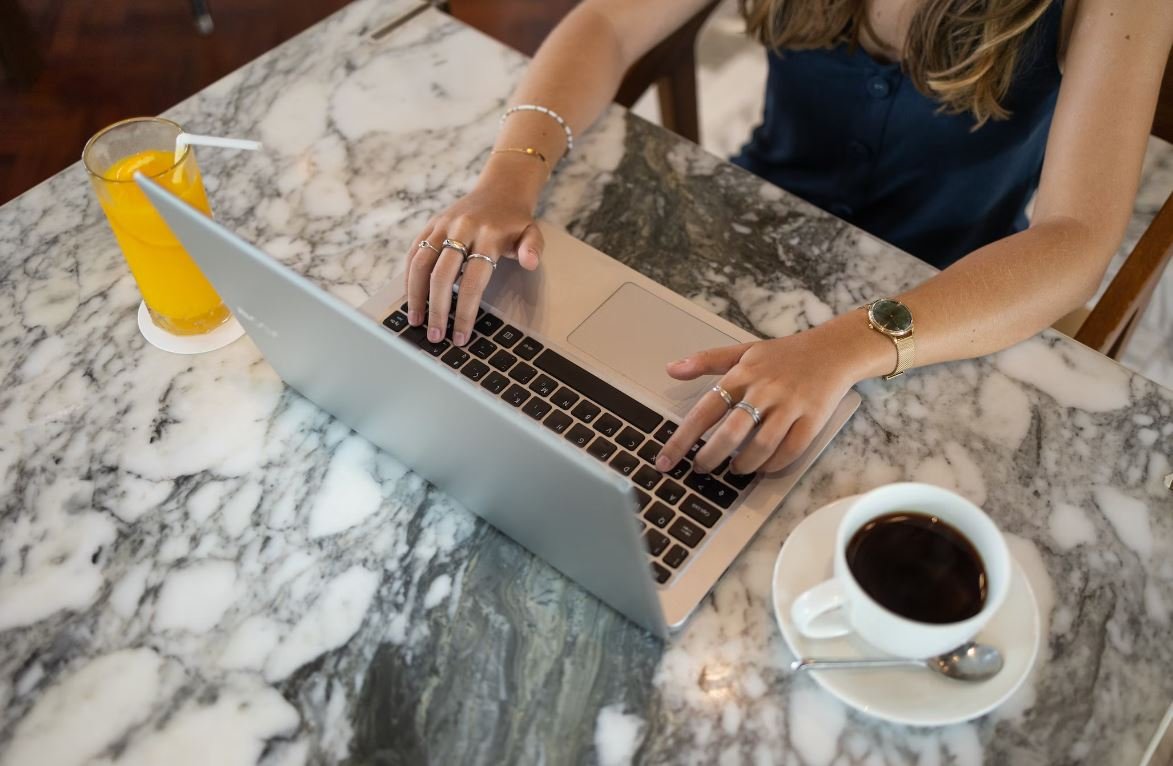
Common Misconceptions
Misconception 1: AI Apps for Art Can Completely Replace Human Creativity
One prevailing myth about AI apps for art is that they have the ability to replace human creativity altogether. While AI can generate impressive works of art, it is important to note that these creations are ultimately the product of algorithms and data analysis, lacking the depth of human emotions and experiences.
- AI apps provide a different perspective on art, rather than replacing human creativity.
- Human artists have unique visions and emotions that AI cannot replicate.
- AI cannot fully understand cultural nuances and social contexts that artists bring to their work.
Misconception 2: AI Apps for Art Always Produce Superior Artworks
Another common misconception is that AI apps for art always produce superior artworks compared to human artists. While AI algorithms can analyze vast amounts of data and mimic certain artistic styles, the subjective nature of art means that human appreciation and perception still play a significant role in determining artistic quality and value.
- Art is subjective, and what one person considers superior may not be the same for another.
- Human artists possess unique skills, techniques, and personal interpretations that AI cannot replicate.
- AI-generated art can lack the emotional connection and depth that human-created art often conveys.
Misconception 3: AI Apps for Art Eliminate the Need for Art Education and Skill Development
Many people mistakenly believe that with the availability of AI apps for art, there is no longer a need for art education and skill development. However, learning traditional art techniques, understanding art history, and nurturing one’s artistic skills are still essential for creating meaningful art, regardless of the AI tools available.
- Art education fosters creativity, critical thinking, and a deeper understanding of the artistic process.
- Human artists bring a personal touch and unique perspectives that cannot be replicated by AI algorithms alone.
- Artistic skill development enables artists to push the boundaries of their creativity and express their individuality.
Misconception 4: AI Apps for Art Can Accurately Predict Art Market Trends
It is a misconception to believe that AI apps for art can accurately predict art market trends with high precision. While AI algorithms can analyze historical data and patterns to provide insights, the art market is influenced by various factors such as cultural shifts, personal preferences, and societal changes that are challenging for algorithms to capture accurately.
- Art market trends are influenced by subjective factors that may not be quantifiable or predictable by AI algorithms alone.
- Human interaction and qualitative analysis can provide valuable insights that AI algorithms may miss.
- The art market is constantly evolving, making it difficult for AI to keep up with new and emerging trends.
Misconception 5: AI Apps for Art Are Only Useful for Creating Visual Art
Many people mistakenly assume that AI apps for art are only useful for creating visual art. However, AI algorithms can be applied to various art forms, including music, literature, and even performance arts, enhancing the creative process and pushing boundaries in different artistic domains.
- AI algorithms can compose music, write poetry, and create literature with the same power they have for visual art.
- The application of AI in performance arts can enhance choreography, lighting design, and stage effects.
- Cross-disciplinary collaborations between AI and artists can lead to innovative and boundary-pushing creations.

The Rise of AI in Art Creation
Artificial Intelligence (AI) has revolutionized the way we create and appreciate art. Through innovative AI applications, artists can now produce astonishing digital artwork, enhance their creative process, and explore new artistic possibilities. The following tables showcase the incredible achievements and capabilities of AI in the realm of art.
1. Famous AI-Generated Artworks
Table displaying a selection of renowned artworks created by AI.
2. Top AI-Powered Art Platforms
A comparison table of the leading AI-powered art platforms, highlighting their key features and popularity.
3. AI Artwork Sales
A table illustrating the growth of AI-generated artwork sales over the past decade, including revenue numbers and market trends.
4. Impact of AI on Traditional Art Forms
An overview of how AI has influenced traditional art forms such as painting, sculpture, and photography, showcasing the diversity of AI-generated art.
5. AI Art Exhibitions
A table listing the most significant AI art exhibitions worldwide, including exhibition names, dates, and locations.
6. AI in Art Education
A comparative analysis of educational institutions integrating AI technology into their art curricula, highlighting the benefits and outcomes.
7. Creative Collaboration between AI and Human Artists
An exploration of the collaborations between AI and human artists, showcasing their joint projects and the innovative outcomes.
8. AI Art Competitions and Awards
A compilation of acclaimed AI-focused art competitions and awards, recognizing exceptional talent in the field.
9. AI Art Authentication
An examination of the advancements in AI technology facilitating the authentication of artworks, improving security and preventing fraud.
10. Ethical Considerations in AI Art
A table discussing the ethical dilemmas surrounding AI-generated art, addressing issues such as copyright, authorship, and originality.
Artificial Intelligence has opened up dynamic opportunities in the world of art, allowing for innovative collaborations, expanding creative boundaries, and enhancing the viewer’s experience. As AI continues to evolve, the lines between AI and human creativity become increasingly blurred, prompting profound discussions and raising new questions about the nature of art and the role of technology. The remarkable contributions showcased in these tables affirm AI’s profound impact on the art world and its boundless potential for the future.
Frequently Asked Questions
What are AI apps for art?
AI apps for art are applications that utilize artificial intelligence technologies to assist or enhance various aspects of the artistic process. These apps can range from AI-powered tools for creating digital artwork to apps that analyze historical art data for educational purposes.
How do AI apps for art work?
AI apps for art typically work by employing machine learning algorithms to analyze patterns, recognize features, and make predictions based on input data. The algorithms learn from large datasets of existing artwork and can generate suggestions or even autonomously create new art based on learned patterns and style.
What are some common features of AI art apps?
AI art apps may offer various features, such as:
- Automatic image enhancement and editing
- Style transfer, allowing users to apply the style of famous artworks to their own images
- Generative art, where the app autonomously creates new artwork based on specific parameters or user input
- Artistic recommendations based on user preferences
- Art analysis and classification
Can AI apps for art replace human artists?
AI apps for art are not designed to replace human artists. Instead, they aim to assist and inspire artists by providing new tools and possibilities. The creativity and emotional depth of human artists cannot be replicated by AI alone.
Are AI-generated artworks considered original?
The originality and copyright aspects of AI-generated artworks are still evolving subjects. While AI apps can autonomously create new artworks, the legal and ethical framework surrounding ownership and authorship of such creations is still being debated in the art world.
Are there any famous artworks created by AI?
Yes, there are several famous artworks that were created with the assistance of AI technologies. For example, “Portrait of Edmond de Belamy” created by the algorithm of a Paris-based collective called “Obvious” generated significant attention in the art world in 2018.
What are the potential benefits of using AI apps for art?
The potential benefits of using AI apps for art include:
- Exploring new artistic styles and techniques
- Streamlining and automating certain aspects of the artistic process
- Accessing vast art databases for research and inspiration
- Enhancing and expanding an artist’s creative capabilities
- Enabling collaborations and interactions with AI systems
Are AI art apps accessible for beginners?
Yes, many AI art apps are designed with user-friendly interfaces and intuitive features to cater to beginners. These apps often provide tutorials, guides, and step-by-step instructions to help users get started and learn the basics of creating with AI.
Is AI art considered as valid as traditional art?
The perception of AI art as valid depends on individual opinions and the context within the art world. While some may argue that AI art lacks human emotion and intent, others see it as a valid form of artistic expression that reflects the capabilities of technology and the evolving nature of art.
How can AI art apps contribute to art education?
AI art apps can contribute to art education in various ways, such as:
- Offering interactive learning experiences through virtual galleries or historical art simulations
- Providing tools for art analysis and study
- Creating opportunities for exploration and experimentation with different artistic styles
- Facilitating research and access to art history and resources

